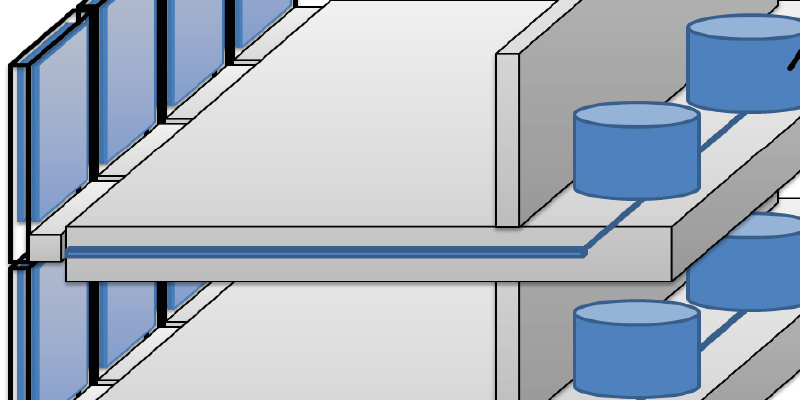Downloads
DOI:
https://doi.org/10.7480/jfde.2015.2.1014Keywords:
Adaptive facade, shading control, control strategies, energy reductionAbstract
The energy demand for operating modern office spaces is often driven by either the annual heating demand, cooling demand or the demand for electrical lighting. The irradiation of the sun directly and indirectly affects the demand of all three. Consequently, the glazing of higher office buildings is often treated with coating that allows a fixed transmittance. Due to changing exterior conditions and interior needs, a fix-transmittance value is a compromise and most often doesn’t provide optimal thermal and visual conditions. The team in the research project named Fluidglass develops a new glazing in which the transmittance of the glazing can be adjusted. This is possible by colouring a fluid, which is circulated in chambers of the glazing. The concentration of the colorant can be infinitely adjusted. In addition, this window allows collecting heat in the exterior fluid and allows the interior fluid chamber to operate as heating panel. This paper presents a first assessment of different control strategies for adjusting the colorant concentration with a simplified model. The assessed control strategies result in considerably different overall energy demands. Certain control strategies have high potential for reducing the energy demand for heating and cooling depending on the locations (Munich 20–30% , Madrid 50–70% , Dubai 50–60%). However, certain control strategies increase the electricity demand for lighting, which needs to be considered in the further development. In general, control strategies that only consider the solar irradiation are less promising strategies in temperate climate than strategies that also take the interior temperature into account. The results of controls that also respect the thermal comfort based on a Predicted Mean Vote (PMV) index can achieve low energy demand, presuming that a deviation from the highest level of comfort is acceptable. At this stage of research, none of the studied control strategies shows to be optimal for all climate conditions to achieve highest energy reductions. Further research is necessary in the development of a control strategy that can universally be applied.
How to Cite
Published
Issue
Section
License
Copyright (c) 2015 Volker Ritter, Christoph Matschi, Dietrich Schwarz

This work is licensed under a Creative Commons Attribution 4.0 International License.
Authors or their institutions retain copyright to their publications without restrictions.
References
Baetens, R., Jelle, B. P., Gustavsen, A. (2010). Properties, requirements and possibilities of smart windows for dynamic daylight and solar energy control in buildings: A state-of-the-art review. Solar Energy Materials & Solar Cells, 94, 87-105.
Böing, F. (2013). Energiebilanzierung eines Raumes mit fluiddurchströmten Glasfassadenelementen. Bachelor Thesis, Technical University of Munich.
Fanger, P. O. (1970). Thermal comfort. Analysis and applications in environmental engineering. Thermal comfort. Analysis and applications in environmental engineering. Copenhagen, Denmark: Danish Technical Press.
Gstoehl, D., Stopper, J., Bertsch, S., Schwarz, D. (2011). Fluidised glass facade elements for an active energy transmission control, World Engineers’ Convention, Geneva.
Stopper, J., Böing, F., Gstoehl, D. (2013). Fluid Glass Façade Elements: Energy Balance of an Office Space with a Fluid Glass Façade. Proceedings of the Conference sb13 Munich - Implementing Sustainability - Barriers and Chances. Munich.
